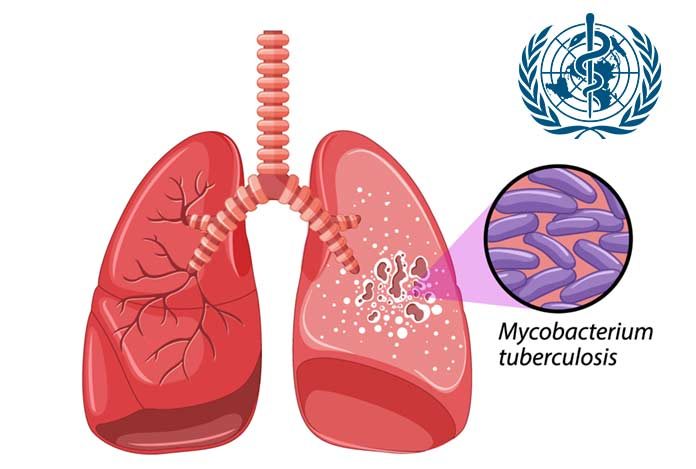
Tuberculosis (TB), a bacterial infection of the lungs, is caused by Mycobacterium tuberculosis. The bacteria can affect any part of the body, but most commonly affects the lungs. It is a highly contagious infection, i.e., it can easily spread from an infected person to others. Sneezing, coughing or spitting by the infected individual can cause the bacteria to propel in air. Inhaling even minimal amount of the bacteria can infect others.
Tuberculosis (TB) usually produces mild symptoms, including cough, weight loss, fever, night sweats, etc., which persist for months. Therefore, patients tend to seek medical help in advanced stages of the disease thus increasing the risk of spreading the infection.
TB does not produce an active infection in all the individuals it is present in and can lay dormant or inactive for years in these individuals. This variant of TB is known as Latent TB. As per WHO, about one-third of world’s population is affected by latent TB.[1] These individuals are asymptomatic and cannot transmit the infection to others. People suffering from latent TB have a 10% risk of developing a TB infection. However, the risk increases in immunocompromised individuals, including patients suffering from HIV, diabetes and malnourishment. Tobacco consumers are also at a greater risk of developing TB infection.
Although TB is preventable and curable through medications, emergence of drug resistance has complicated the management of the disease. Multi-Drug Resistant Tuberculosis (MDR-TB), Extensively Drug-Resistant Tuberculosis (XDR-TB) and Extremely Drug-Resistant Tuberculosis (XXDR-TB) are difficult to diagnose and treat.
Current Scenario
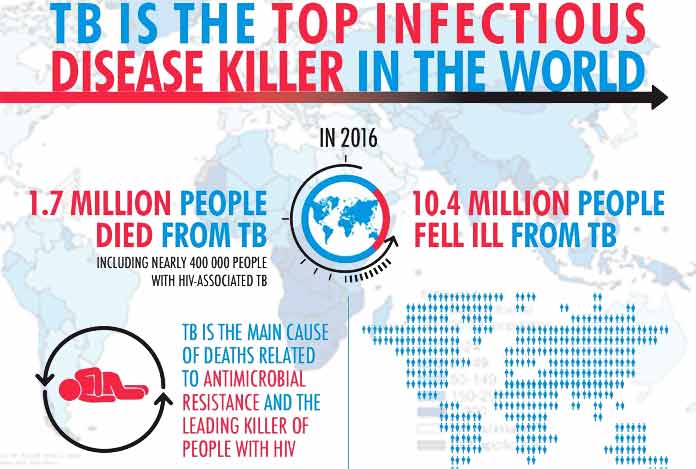
Tuberculosis has been a pandemic disease since long. History of TB dates back to more than 10,000 years ago and was finally recognized as an infective disease by Robert Koch on March 24, 1882. Commemorating his contribution to medical science, this day is still celebrated as World’s Tuberculosis Day.
TB is claiming millions of lives every year worldwide. Center for Disease Control and Prevention (CDC), refers to tuberculosis as one of the world’s deadliest disease. As per the estimate by CDC, 10.4 million people were infected from TB globally in 2016 and 1.7 million deaths were attributed to TB in the same year. Also, TB is a leading cause of death in HIV-infected people.[2]
However, the incidence of TB varies from country to country, based on the sanitation, living conditions, population density, health care accessibility and government’s initiatives.
As per a Global Tuberculosis Report 2016 by World Health Organization, highest incidence per 1,00,000 cases was seen in South Africa (781) while negligible cases were seen in U.S (3). Some countries with high incidence of TB per 1 lac people have been described in the table below.[3]
| Name of the Country | Incidence of Tuberculosis per 1,00,000 people in 2016* |
| South Africa | 781 |
| Philippines | 554 |
| Mozambique | 551 |
| Korea | 513 |
| Namibia | 446 |
| Papua New Guinea | 432 |
| Indonesia | 391 |
| Zambia | 376 |
| Kenya | 348 |
| Cambodia | 345 |
| Tanzania | 287 |
| Somalia | 270 |
| Pakistan | 268 |
| Bangladesh | 221 |
| India | 211 |
*The figures stated above include all forms of TB, with their new cases, relapse cases and TB seen in HIV-infected people
As is evident from the statistics, 2016 showed most TB cases in WHO South-East Asia Region (45%), WHO African Region (25%) and WHO Western Pacific Region (17%), with less number of cases in WHO East Mediterranean (7%), WHO European Region (3%) and WHO Region of the Americas (3%).
High prevalence of TB in some of these regions, in particular, WHO African Region, is due to a co-epidemic of HIV in the country. 82% TB patients of this region tested HIV positive in 2016. Financial inadequacy, along with epidemics of HIV and Malaria, led to a lesser focus on TB epidemic in Africa. Globally, 57% of TB patients had a concomitant HIV infection.
Resistance to drugs, especially rifampicin, which is considered one of the most effective anti-tubercular drug, is also responsible for high incidence of TB. In 2016, 33% of new TB cases and 60% of previously treated TB patients showed resistance to rifampicin. Overall, 41% of TB patients demonstrated resistance to rifampicin.
High Burden Countries (HBC)
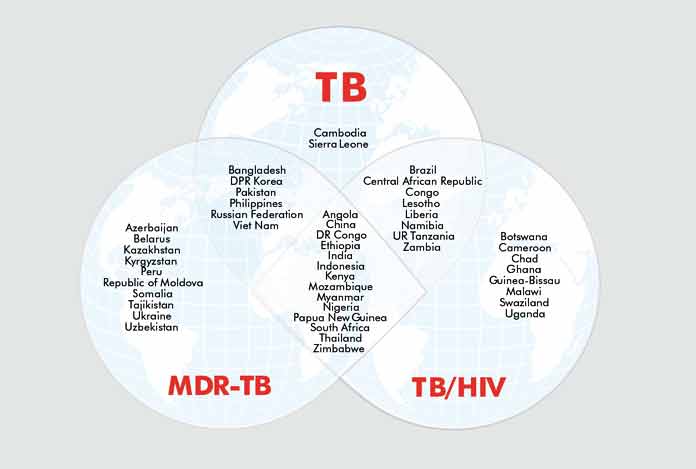
In 1998, the concept of “High Burden Countries” (HBC) came into existence. That era marked a great epidemic of TB worldwide, but a lack of fund and resources did not permit the governing bodies to control the outbreak in all the countries. Hence, a list of 22 High burden countries was prepared in the “Ad Hoc Committee meeting on the Global TB Epidemic” in London, UK. These countries were responsible for 80% of the global TB burden and it was thought that controlling TB epidemic in these countries would produce a global impact. Similar concept was then applied to HIV/TB in 2005 and to MDR-TB in 2008. The list remained unchanged till 2015.
However, following a discussion at a meeting of WHO’s Strategic and Technical Advisory Group for TB (STAG-TB) in June 2015, a final list of 30 High Burden Countries was drafted to be used by WHO for a period of 2016-2020. These countries include Angola, Bangladesh, Brazil, Cambodia, China, Congo, Central African Republic, DPR Korea, DR Congo, Ethiopia, India, Indonesia, Kenya, Lesotho, Liberia, Mozambique, Myanmar, Namibia, Nigeria, Pakistan, Papua New Guinea, Philippines, Russian Federation, Sierra Leone, South Africa, Thailand, the United Republic of Tanzania, Viet Nam, Zambia and Zimbabwe.[4]
Line of Action Against TB
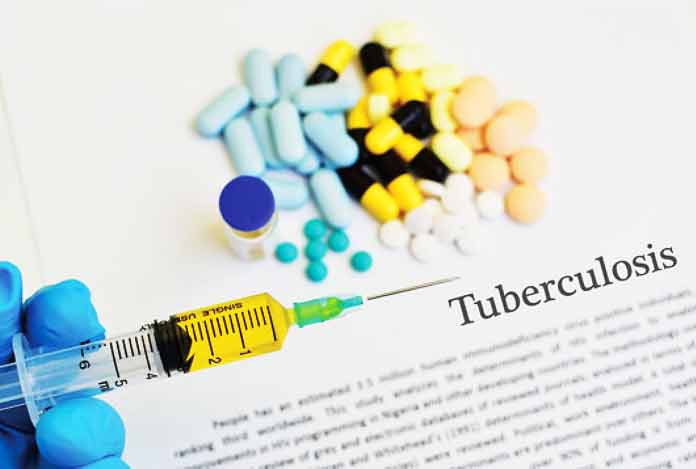
According to National Institute of Allergy and Infectious Diseases, Drug-sensitive TB can be effectively cured with the aid of first-line medications, like Isoniazid, Rifampicin, Pyrazinamide, Ethambutol and Streptomycin.
However, these drugs are ineffective in the treatment of Multi-Drug Resistant TB. MDR-TB necessitates the use of more toxic and less potent second-line drugs, including Fluoroquinolones and injectable Aminoglycosides.[5]
The emergence of Extensively Drug-Resistant TB further complicated the clinical scenario. However, as per a research paper published in the Infectious Disease Reports, two new drugs namely, Bedaquiline and Delamanid have been recently introduced and have shown positive outcomes in Drug-Resistant TB.[6]
Control Programs and Strategies
Owing to a sudden outbreak of TB in 1993, WHO declared a “global health emergency”, the first ever declaration of its kind. Looking at the number of lives TB had claimed and is still claiming; several control programs and strategies have emerged in the course of history. These are described below.
1. DOTS (Directly Observed Treatment, Short-Course)
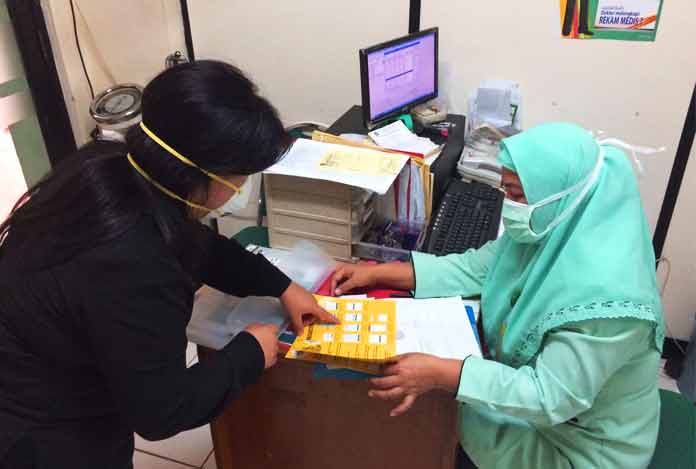
This is the first ever strategy that emerged in the fight against TB. WHO in 1993, came up with an efficient and cost-effective treatment strategy, known as DOTS. It served a revolutionary role during the 1990s TB epidemic.
This treatment strategy encompasses every aspect of the illness, from diagnosis and treatment to follow-up of the patient. A smear of patient’s sputum is examined microscopically. A positive evidence of TB infection would direct towards the treatment with a short-course drug regimen. As the name implies, these patients are observed during the entire treatment to ensure that the patient is taking right dose at the right time and is completing the treatment effectively. This ensures eradication of infection and prevents the onset of drug-resistant strains of bacteria.
WHO states five principles of DOTS, which are enlisted below.
I. Sustained political and financial commitment
II. Diagnosis of quality ensured sputum-smear microscopy
III. Standardized short-course anti-TB treatment (SCC) given under direct and supportive observation (DOT)
IV. A regular, uninterrupted supply of high-quality anti-TB drugs
V. Standardized recording and reporting
Till date, DOTS is considered the most effective and economical treatment of TB. [7]
2. Stop TB Strategy 2011-2015
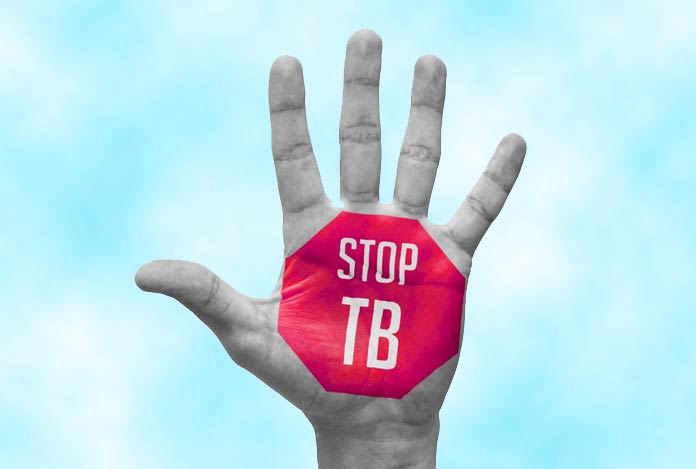
With DOTS being the core strategy, WHO introduced a “Stop TB Strategy” to reduce the global burden of the disease by 2015. The key targets of the strategy were that 100 percent of TB patients should be aware of their HIV status and 100 percent HIV-positive TB patients should receive anti-retroviral drug therapy. Another significant aim of this strategy was that all HIV-positive patients with latent TB must undergo treatment with isoniazid to prevent the onset of TB infection. In the domain of MDR-TB, this strategy aimed at early diagnosis and treatment of MDR-TB patients and also desired to achieve more than 75% success rate.
The chief components of “Stop TB Strategy” are as follows.[8]
I. Pursue high-quality DOTS expansion and enhancement
- Secure political commitment, with adequate and sustained financing
- Ensure early case detection, and diagnosis through quality-assured bacteriology
- Provide standardized treatment with supervision, and patient support
- Ensure effective drug supply and management
- Monitor and evaluate performance and impact
II. Address TB-HIV, MDR-TB, and the needs of poor and vulnerable populations
- Scale-up collaborative TB/HIV activities
- Scale-up prevention and management of multidrug-resistant TB (MDR-TB)
- Address the needs of TB contacts, and of poor and vulnerable populations
III. Contribute to health system strengthening based on primary health care
- Help improve health policies, human resource development, financing, supplies, service delivery and information
- Strengthen infection control in health services, other congregate settings and households
- Upgrade laboratory networks, and implement the Practical Approach to Lung Health (PAL)
- Adapt successful approaches from other fields and sectors, and foster action on the social determinants of health
IV. Engage all care providers
- Involve all public, voluntary, corporate and private providers through Public-Private Mix (PPM) approaches
- Promote use of the International Standards for Tuberculosis Care (ISTC)
V. Empower people with TB, and communities through partnership
- Pursue advocacy, communication and social mobilization
- Foster community participation in TB care, prevention and health promotion
- Promote use of the Patients’ Charter for Tuberculosis Care
VI. Enable and promote research
- Conduct program-based operational research
- Advocate for and participate in research to develop new diagnostics, drugs and vaccines
With the Stop TB Strategy, 43 million lives were saved in the period from 2000 to 2014.
3. End TB Strategy
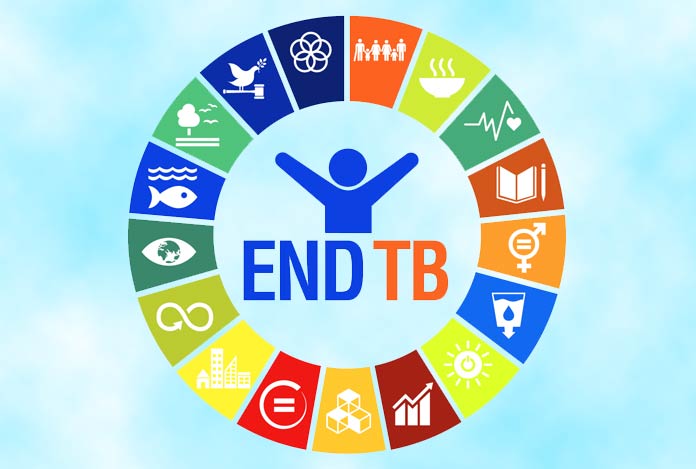
This strategy marked the transition from 2015 Millennium Development Goals (MDGs) to the Sustainable Development Goals (SDGs) for 2030. This transition also came with a change in target from stopping TB to ending TB. End TB Strategy refers to a newly formulated post-2015 Global TB Strategy, approved at the annual World Health Assembly, convened by WHO and UN in May 2014.
This strategy aims to reduce the death rate of TB by 95% and to reduce the advent of new cases of TB to 90% by 2035. WHO aspires to achieve these goals by setting interim milestones for the year 2020, 2025 and 2030.[9]
Taking into consideration the resistant forms of the disease and lack of an effective treatment, this strategy emphasizes on the role of research in the domain of new drugs, new diagnostic modalities, new TB vaccines, adjunct treatments and a shorter treatment regimen.
A key feature of this strategy was that it gave importance to patient’s economic condition as it focuses on evolving a cost-effective treatment regimen to reduce the burden of treatment cost on the patient’s family.
WHO states three pillars of this strategy along with its key components, which are described below.[10]
Pillar 1: Integrated patient-centered TB care and prevention
A. Early diagnosis of TB including universal drug susceptibility testing, and systematic screening of contacts and high-risk groups
B. Treatment of all people with TB including drug-resistant TB, and patient support
C. Collaborative TB/ HIV activities; and management of comorbidities
D. Preventive treatment of persons at high risk; and vaccination against TB
Pillar 2: Bold policies and support systems
A. Political commitment with adequate resources for TB care and prevention
B. Engagement of communities, civil society organizations, and all public and private care providers
C. Universal health coverage policy, and regulatory frameworks for case notification, vital registration, quality and rational use of medicines, and infection control
D. Social protection, poverty alleviation and actions on other determinants of TB
Pillar 3: Intensified research and innovation
A. Discovery, development and rapid uptake of new tools, interventions and strategies
B. Research to optimize implementation and impact and promote innovations
However, WHO says that the most important factor that is indispensable to success of any strategy against TB is, effective implementation in all the countries worldwide.
Conclusion

There are several challenges in counteracting TB, especially in developing countries, such as improper sanitation, lack of awareness among the general population, underdeveloped laboratory and diagnostic services and inadequate funding of control TB programs. These need to be dealt with on a priority basis.
An accelerated case identification, implementation of DOTS in underprivileged and hard-to-reach areas, adequate laboratory and staff facilities, strengthening of DOTS in urban settings, inclusion of private practitioners in the initiative, early identification of MDR-TB, extra-pulmonary TB and TB in young children and an effective strategy to control HIV epidemic, are necessary to achieve a “TB-free World”.
Although TB is curable and preventable, MDR-TB, XDR-TB and XXDR-TB still need more research and scientific contribution to produce a global impact on TB death rates.




